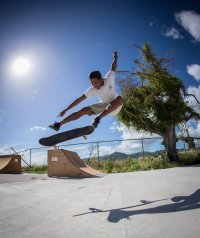When Canon releases a new firmware version, there is the usual list of fixes and feature enhancements, but there are also fixes that aren’t for public consumption and won’t be mentioned in the firmware documentation and it appears at least one such issue was fixed quietly in the Canon EOS R with firmware v1.2.0.
Michael The Maven has posted a comparison of two EOS R cameras, one with firmware v1.1.0 which experienced banding issues and the brand new firmware v1.2.0 which seems to have corrected the issue.
From Michael the Maven:
Ladies and Gentlemen! WE HAVE DONE IT!! Thank you so much to the many of you who gave feedback, shared my videos, posted in forums and relayed the information you received from Canon, I can confirm that...
Continue reading...

